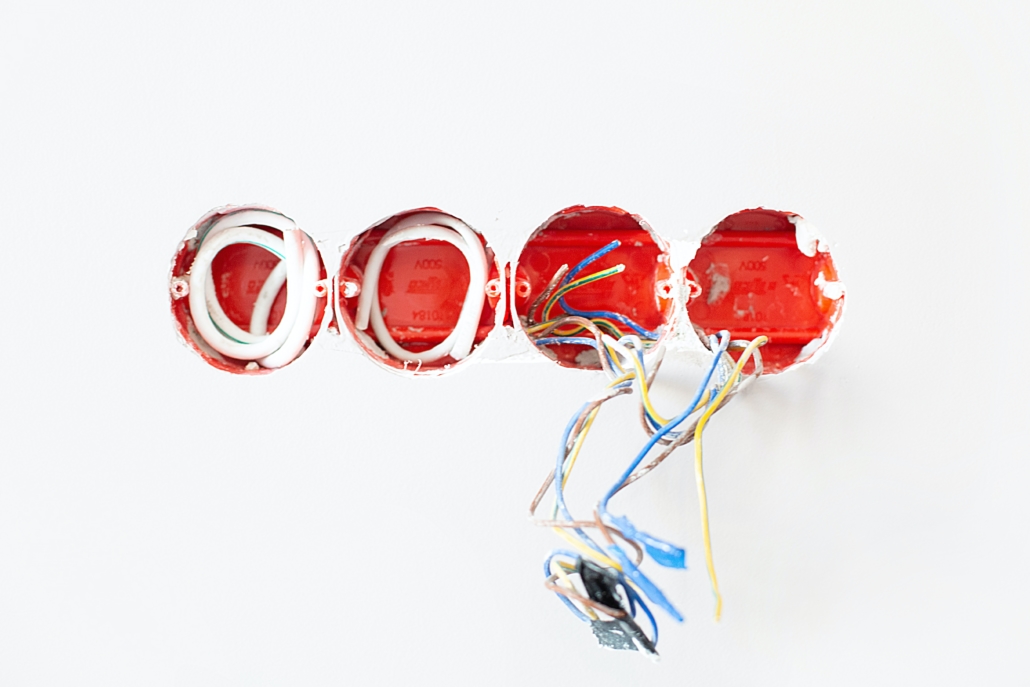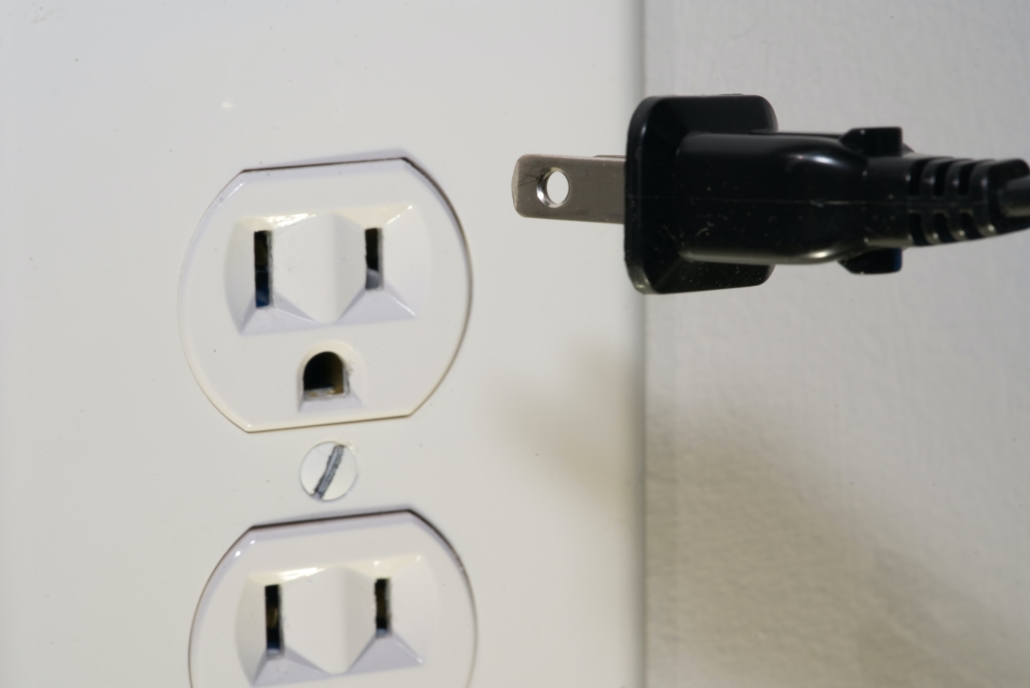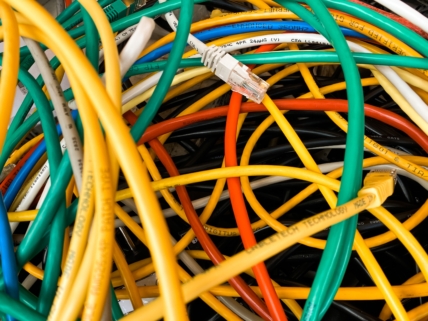7 Common Electrical Problems Found in Home Inspections
When buying a house, one of the steps is to have a home inspection performed so key issues are noticed and can be addressed. During home inspections, electrical problems are usually detected, and this is important because a house’s electrical system plays a major role in keeping it safe by preventing fire risks, arcing, and electrical shocks. After having a home inspection performed, it is essential to make the necessary electrical fixes that the inspector addressed because you want your family’s house to be as safe as possible.
1- Exposed Wiring
During home inspections, one of the most common electrical problems found is exposed wiring, and this is a crucial problem to have repaired because exposed wiring is a major fire risk. Because of the high risk involved, exposed wiring is one of the repairs that should always be repaired by a professional electrician instead of DIY. Exposed wiring is not a complicated repair, but it is essential that wiring is properly covered to prevent the risk of fires or arcing.

2- Buried Wires Not Protected
Having buried wires is acceptable, but when buried wires are installed without a covering or protection, it becomes an issue. A covering or protection is crucial because it safeguards the wiring against natural elements, debris, and rodents. When a buried wire is compromised, it poses a safety risk to the house and stops functioning at peak efficiency.
3- Receptacles Not Properly Grounded
Especially in older or historic homes, ungrounded receptacles are a common electrical problem found during home inspections. Ungrounded outlets are outlets with only two holes for the plug and no hole for the ground wire, and without the ground wire, there is a risk of fires or arcing because electricity can travel until it finds a suitable conductor source. Similar to exposed wiring, ungrounded receptacles are not a complicated repair, but they should be fixed relatively soon because of the safety risk they pose to the house.
4- Lack of Outlets
In many homes, homeowners will find a lack of outlets because many homes were built before homes experienced a surge in the number of electronic devices per household. People need to charge their phones and tablets but also plug in their televisions and lamps, and running extension cords from room to room isn’t the answer. Homes need to have enough outlets in each room so everyone can function without a fire risk.

5- Openings in Electrical Panels
For electrical panels, one of their common problems found during home inspections is openings in the panel. No gaps should be visible in the electrical panel because it would allow debris or rodents the ability to get inside which would create a shock or fire. Openings in the electrical panel can easily be fixed by installing filler plates to place over the openings so nothing can get inside.
6- Faulty GFCI Outlets
In rooms where moisture is present (kitchen, bathroom, laundry room, etc.), GFCI outlets must be installed and properly functioning. A GFCI (Ground Fault Circuit Interrupter) outlet is an outlet that has a protective covering to prevent electric shocks, and it correlates the inflow current on the hot side to the outflow current on the neutral side. During the home inspection, the inspector will test the GFCI outlets to ensure they are working properly and if any adjustments need to be made. In areas where there is the chance of water or moisture, having GFCI outlets is necessary because of the danger that could ensure if water seeps into an outlet while it is in use.
7- Overused Circuit Breakers
Another common electrical problem found during home inspections is overused circuit breakers. Circuit breakers are intended to only have one wire connected to one circuit breaker in the electrical panel, and when two or more wires are plugged into the circuit breaker, it poses an immense safety risk. When multiple wires are connected to the same circuit breaker, it allows connections to become looser which leads to an increase in arcing and fires. Overused circuit breakers are easy to spot, and this common electrical problem can be solved by simply upgrading the electrical panel to allow for an increase in the number of circuit breakers.
From exposed wiring to not having the proper number of outlets, many electrical problems can be found during a home inspection. The most important thing is to choose professional services for both the home inspection and electrical repairs. It might save you money to try and repair the problems yourself instead of using a professional electrical company, but in the end, it is better to have the problems repaired by a professional so you are ensured of their quality and safety. Because electrical standards and codes are changing with new improvements and procedures, it is common to find electrical issues during home inspections, and no matter what the electrical problem is, the most important part is to have it fixed promptly by a licensed electrical company.




Hi Thanks for sharing the information about the common problems on electrical, This was a helpful post about electrical safety. I learned a lot about preventing shock and potential fire dangers.
Thanks for the information. Always keep in mind safety is very important so, if you are unsure about the issue don’t consider it for fixing alone. Better hire a professional electrician who can easily diagnose and resolve it.